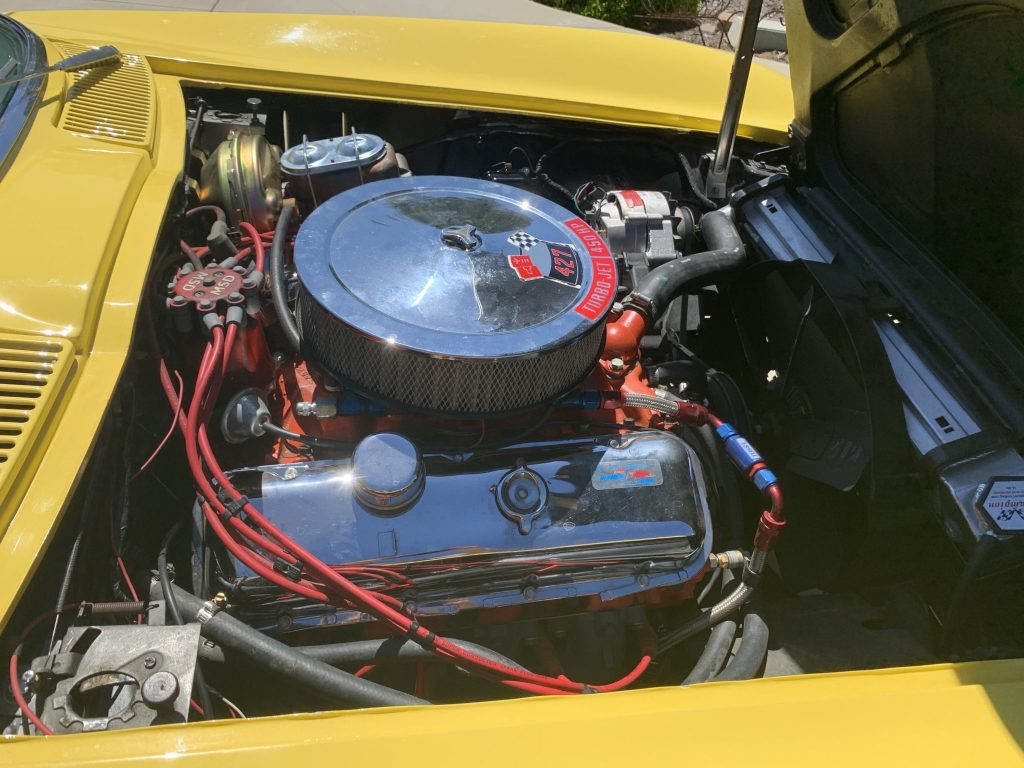The 390 HP L36 and 425 HP L72
One could quite accurately state that the Corvette came of age rather quickly. In fact, in just over a decade, the Corvette transitioned from a sporty, yet underwhelming roadster, to a fire-breathing performance car for the ages. Upon its 1953 release, America’s sports car mustered only 150 HP, yet in 1966, the newly evolved Corvette nearly tripled this level of output.
It was during this year that the Corvette was offered with not one, but two different variants of the robust 427 cubic-inch (7.0L) V8. In its most potent form (L72), the 427 officially produced 425 HP. However, most believe this value to be grossly understated. For more information on the 1966 Corvette, check out the 1966 Corvette Research Guide.
No Subscription? You’re missing out
Get immediate ad-free access to all our premium content.
Get Started



